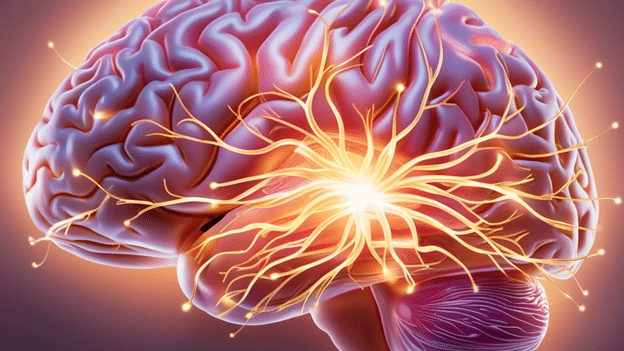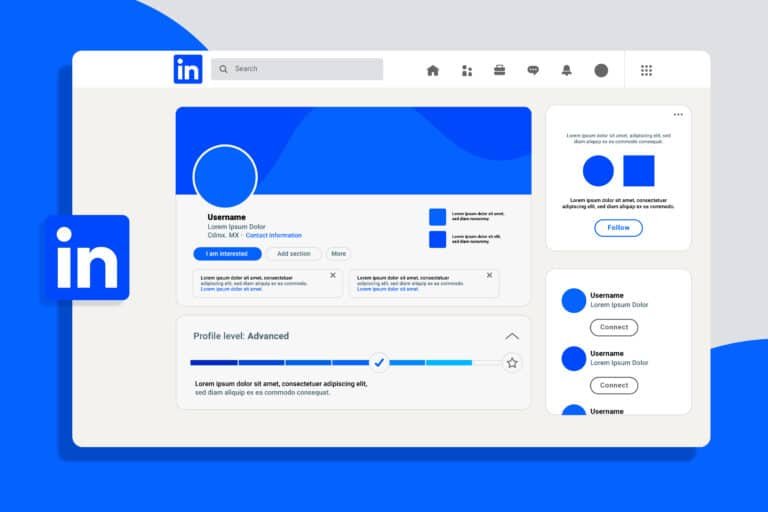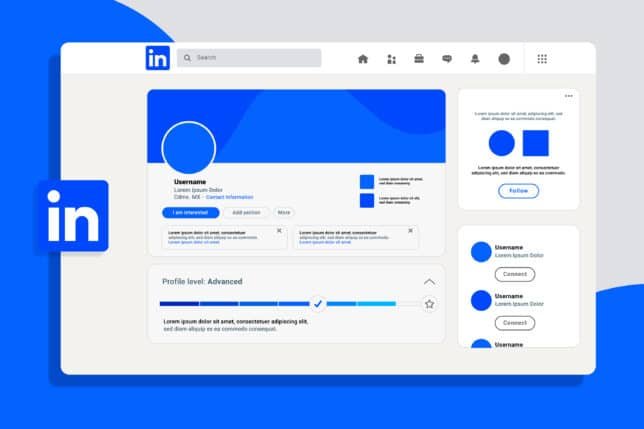Last Tuesday, a high-level manager sat across from me and said something I hear at least twice a week: “I used to love my job.” Now it’s hard for me to even answer emails. She wasn’t burned out in the usual way. No health problems, no bad boss, and nothing big going on in life. It was just a slow, suffocating loss of career motivation that made every workday feel like pushing a boulder up a hill.
If you’ve been struggling with career motivation or workplace burnout, you’re not alone. You’re not broken if you’ve felt this way. Your brain is normal. That’s the problem, though.
No one talks about the brain’s motivation crisis.
Here’s what most experts on productivity won’t tell you: your brain wasn’t made for modern work. The brain circuits that control motivation developed to help our ancestors hunt, gather, and stay alive in the face of urgent threats. They’re really awful at keeping up their career motivation for vague quarterly goals, never-ending Zoom calls, and projects that don’t have a clear end point.
The culprit? Dopamine is a neurotransmitter, and it’s a lot more intricate than the “feel-good chemical” you’ve heard about. Dopamine doesn’t merely make you joyful when you do something. It’s the chemical that makes you look forward to things. It rises when you labor for a reward, not when you get it. This is why you feel excited about getting a promotion but then feel strangely flat when you do. Your brain’s reward prediction system just changed, and now that corner office doesn’t make you feel as good as it used to.
In my neuroscience practice, I’ve seen this happen hundreds of times. People who had been doing well for a long time suddenly hit a wall. The work is still the same. The chemistry in their brains has changed. Chronic stress, in particular, floods the prefrontal cortex with cortisol, which makes dopamine receptors less sensitive. In other words, you need more and more stimulus to feel driven, and the same actions that used to give you energy now make you tired.
Why Traditional Advice on Career Motivation Doesn’t Work
Most ways to motivate people at work just deal with symptoms, not the real problems. “Make better plans!” “Find what you love!” “Just keep going!” This advise is based on the idea that motivation is a decision or a trait of a person. Neuroscience shows that it’s neither. It’s a changing state that is controlled by certain brain areas and neurochemical processes, which is the foundation of the neuroscience of motivation.
The anterior cingulate cortex weighs the effort against the reward. The ventral striatum handles expected pleasure. The dorsolateral prefrontal cortex keeps you focused even when you’re distracted. Chronic stress, uneven incentives, or a lack of freedom can throw these systems out of whack, and no amount of positive thinking will bring back your drive. You’re basically trying to remedy a hardware problem with software. This is a common reason for motivation loss at work.
I saw this with a customer who was a marketing director and had tried every productivity technique, like the Pomodoro Technique, morning routines, and partners to hold them accountable. Nothing worked. We figured out what was wrong when we mapped her neuroplasticity patterns (yeah, that’s a real thing). There was nothing new about her work. Her brain had put her job in the “solved” category, thus dopamine stopped flowing. She didn’t lack motivation. She didn’t have enough to do, and this is a common example of career motivation challenges.
The Neuroscience Solution: Changing the Way You Want to Work
The good news? Your brain can alter because of neuroplasticity. The bad news? It won’t alter by mistake. You need to plan out precise techniques that will affect certain neuronal pathways. Two decades of clinical neuroscience support this as what really works in the neuroscience of motivation and long-term career motivation.
Micro-Rewards Change Your Dopamine Level
Instead of waiting for major triumphs, plan small dopamine shots into your day. Cut big undertakings down into tiny pieces. “Write the first paragraph,” not “finish the report.” Your brain sees each completion as a prediction mistake (the outcome was better than expected), which makes a small amount of dopamine to be released. If you do this enough times, you’re literally rewiring your brain’s reward system to enjoy the process, not just the results-a proven brain-based motivation technique that enhances dopamine and productivity.
One boss I worked with would literally pump his fist every time he cleared an email from his inbox. It sounds crazy, but after three weeks, his brain started to link boring jobs with good feelings. His anterior cingulate cortex, which had been sending the message “this isn’t worth the effort,” changed-a simple yet powerful career motivation strategy that improved his daily focus.
Autonomy Stimulates Intrinsic Motivation Pathways
Studies from Stanford’s neuroscience department regularly demonstrate that a sense of control over one’s job stimulates the ventromedial prefrontal cortex, an area linked to intrinsic drive. Every choice, even minor ones, is important. Can you choose when to do certain things? How to plan out projects? What channels of communication should you use?
I help my customers find three “autonomy zones” in their workweek, which are places where they can make important decisions. A consultant I trained was able to set up her own meeting schedule instead of just accepting every calendar invite. This one change brought up dormant paths of motivation. Her brain ceased thinking of work as something that happened to her and started thinking of it as something she was in charge of.
Novelty Disrupts Neural Habituation
Your brain needs things to be unpredictable. The hippocampus, which processes new information, basically stops working when job gets too routine. This takes away career motivation. Changing careers isn’t the answer. The goal is to add new strategic elements to current positions, which is a principle rooted in the neuroscience of motivation.
Try the “rotation protocol,” which means changing one important variable every six weeks. It could be where you work, how you plan your day, or what tools you utilize. Every month, a software developer I worked with would start coding from a different coffee shop. It may sound shallow, yet his productivity indicators went up by 30%. The newness of the environment kept his hippocampus busy, which kept dopamine flowing to the circuits that control work and career motivation.
Social connection keeps motivation levels stable.
Here’s something interesting: the science of motivation is really social. The brain’s reward system developed in tribal settings, so it’s ready to discover significance in working together. Being alone, even in a bustling office, can make you less motivated.
Add “accountability architecture” to your work. Not nonspecific check-ins, but planned meetings with certain persons about certain aims. When someone else knows what you want to do, your brain activates more motivation circuits in the medial prefrontal cortex, which is in charge of social cognition and self-relevance. You’re not just doing things for yourself anymore. You’re working on a relationship, which your brain considers far more interesting.
The Way Forward
To be motivated to work, you don’t have to work harder or want it more. It’s about knowing how your brain works and making it so that drive comes naturally instead of having to force it. The executive I talked about at the start? Three months after she started using these neuroscience-based methods, she told me something amazing: “I don’t think about motivation anymore.” I just do my job.
That’s what we want to do. Not to always make people excited, but to develop neural networks that let motivation flow organically from brain systems that are in sync. Your limbic system feels good about what you do, your prefrontal cortex planned, and your dopamine system looks forward to good things happening. Work ceases seeming like a fight against oneself.
If you’re having trouble getting motivated right now, realize that your brain may alter in amazing ways. You just have to know how to talk to it. Begin with a tiny amount. Choose one plan. Let your brain’s pathways take some time to remodel. There isn’t any other place where you can find the motivation you need. You already have circuits that it can be triggered in.
To learn more about how to stay motivated using brain-based methods, look at how neuroscience-backed methods can change your drive and find specific dopamine optimization ways that work with your brain chemistry.
Dr. Sydney Ceruto started MindLAB Neuroscience. She is a cognitive neuroscientist with more than 23 years of expertise teaching executives, entrepreneurs, and other high-achieving professionals based on how their brains work. She has two master's degrees in psychology from Yale University and two PhDs in cognitive and behavioral neuroscience from New York University. Dr. Ceruto's main job is to turn the latest brain findings into useful ways to improve leadership, deal with anxiety, get the most out of dopamine, and change oneself. Her art has been published in top magazines, and she runs a private practice that serves clients all around the world. Visit MindLABNeuroscience.com to find out more.

















